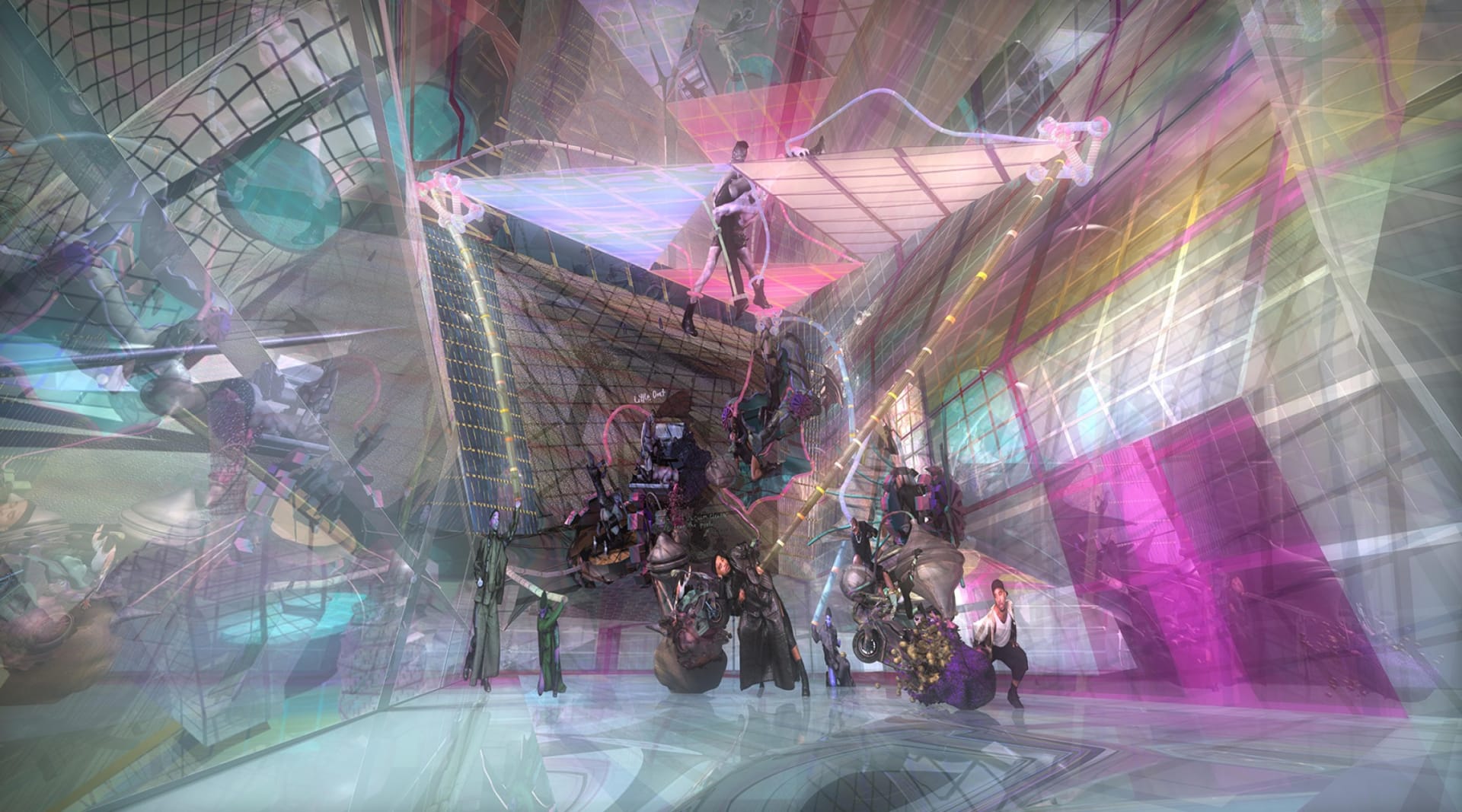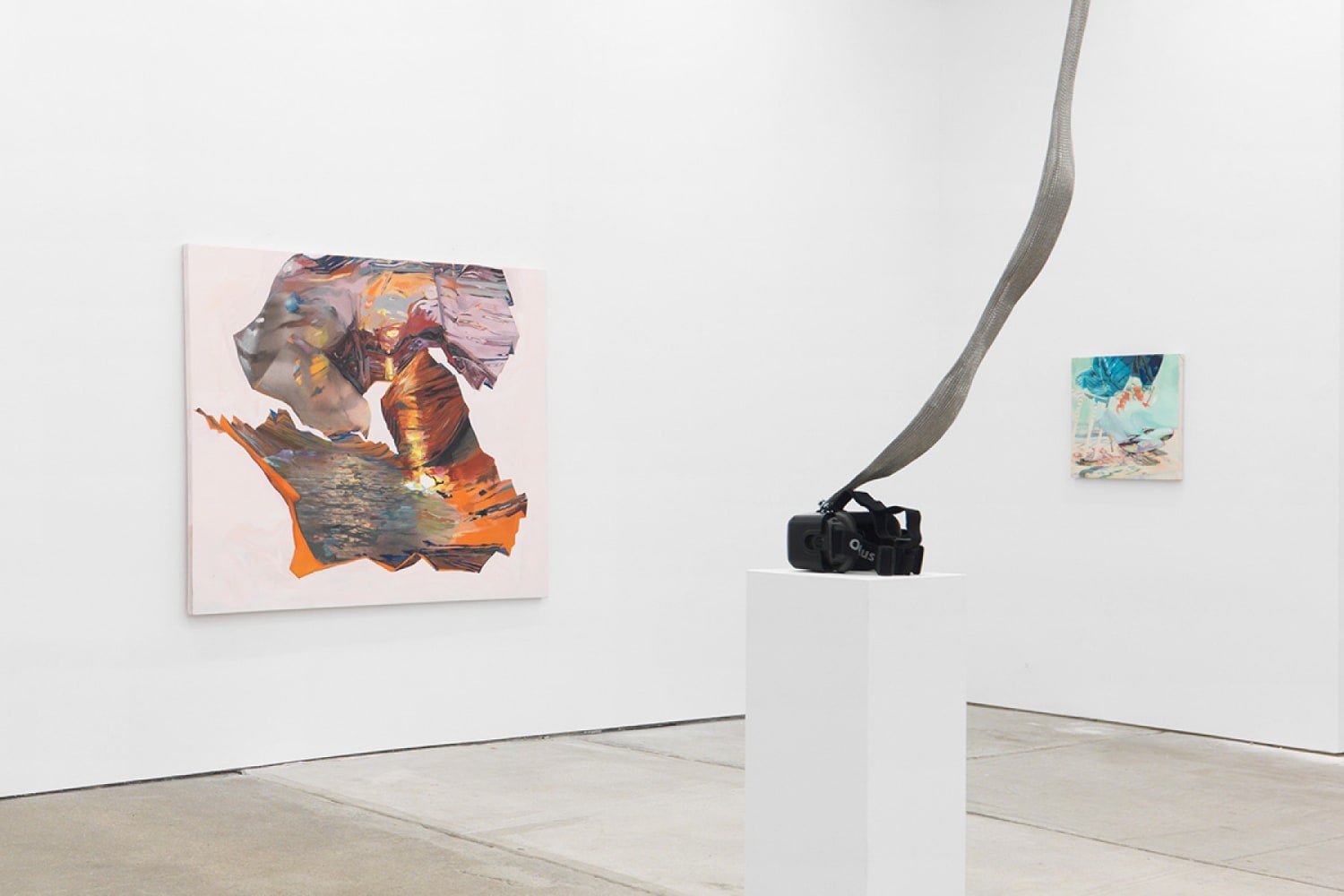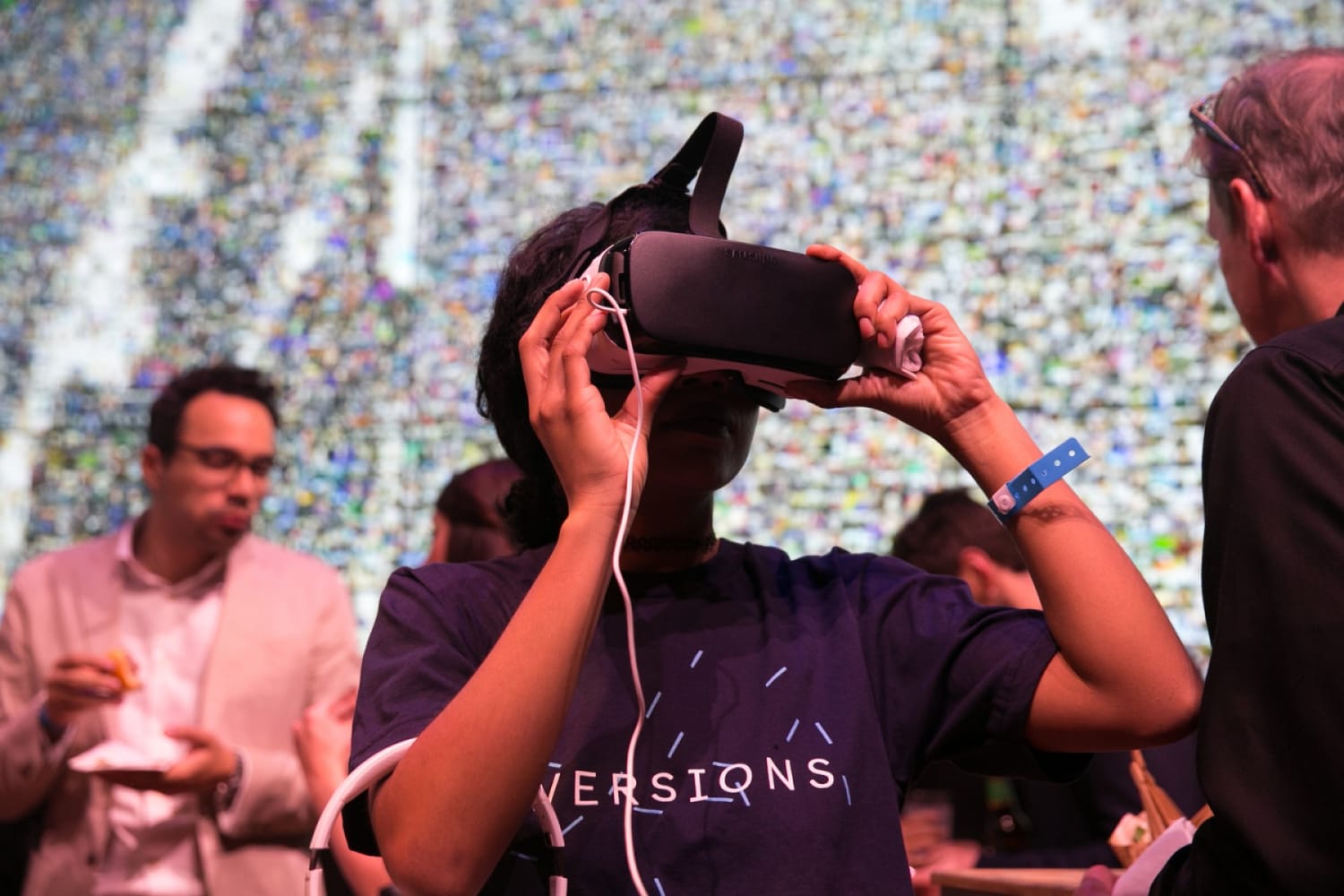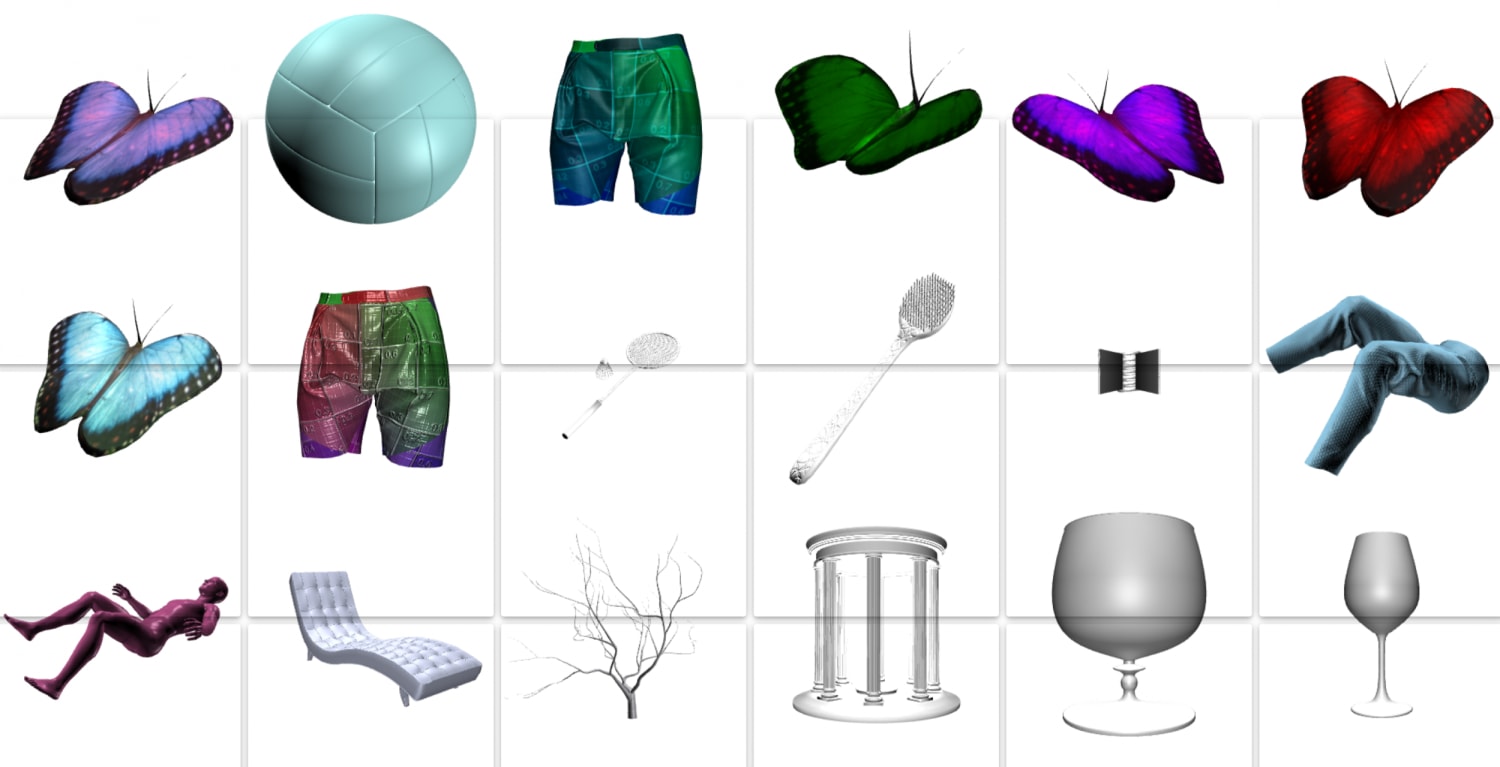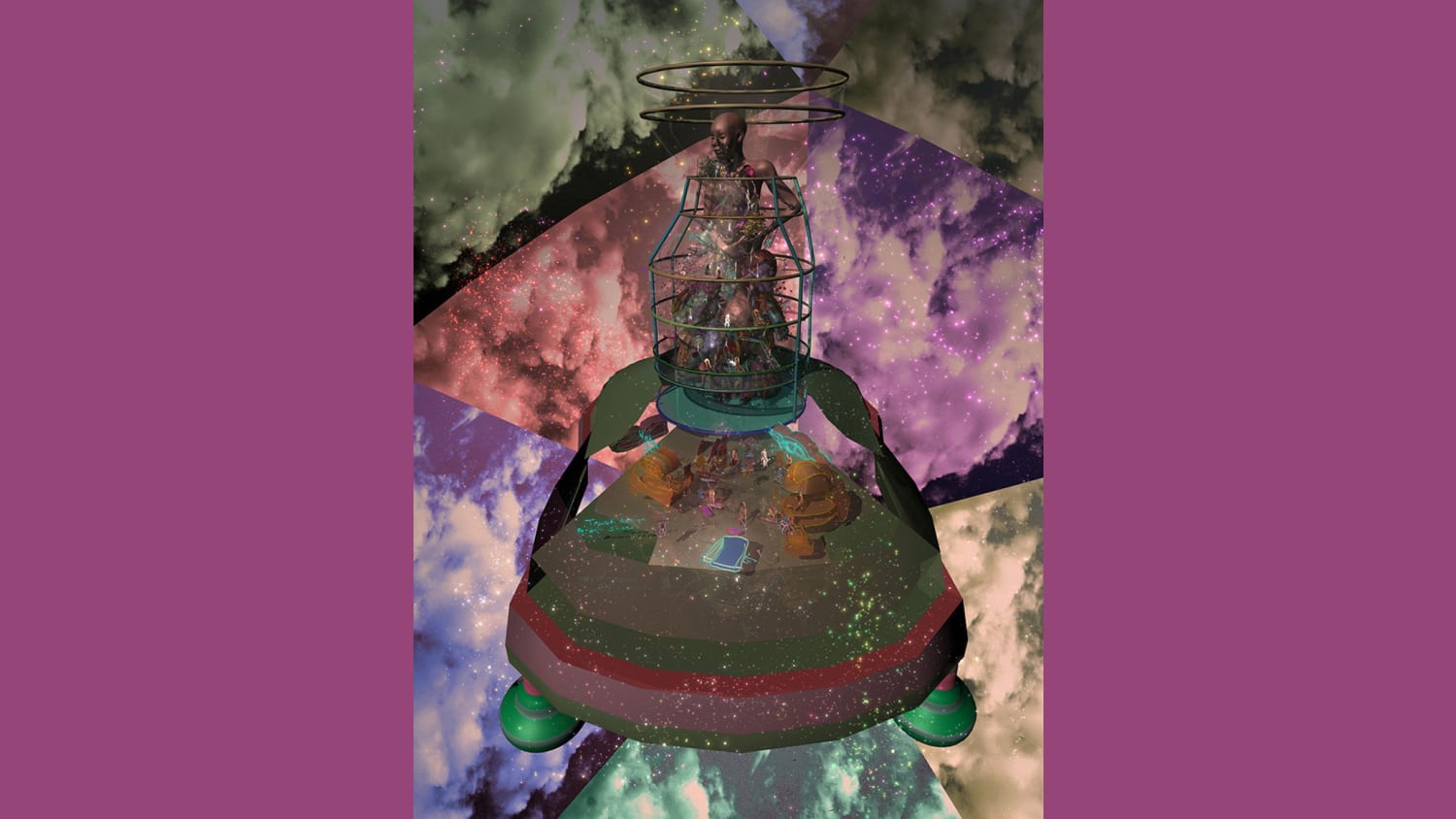Hype cycle
People who are new to virtual reality, or old enough to remember past disappointments, want to know if it’s here to stay. Panelists at Versions had a lot to say about this.
Andrew Shoen, a venture capital investor at New Enterprise Associates, said that for at least 30 years, people have been talking about VR as “10 years away in terms of a totally immersive, awesome experience that integrates with the senses at super-high fidelity.” Finally, he said, it’s getting closer.
Three factors are pushing VR forward, he said: improvements in supply chain fundamentals like faster and better display technology, companies bringing more consumer products to market, and a creative community producing content and discovering best practices for VR narratives. Still, he said, “there’s going to be a classic hype cycle unfolding in the next few years.”
Janet Murray, a noted expert on interaction design and author of Hamlet on the Holodeck: The Future of Narrative in Cyberspace, agreed. “We’re at a moment right now which will pass, where the novelty of just being in the virtual world and making an effect in it is thrilling in itself,” she said. “In six months, people are going to say VR is dead, so you should brace yourselves.”
Expectations around the technology are becoming impossibly inflated, Murray said, but we shouldn’t be discouraged. “I think that it’s very important not to pay attention to people saying it’s dead because they didn’t make money from it,” she said. “What you can see is the conjoining of a community of practice, and that lasts.”
Schoen predicted that at CES 2017, we may see as many as 50 head-mounted display products, a situation he described in terms of evolution. As many of these products die off amid the competition, brands and companies that adopt a flexible, nimble approach to virtual reality will emerge on the other side. “Be the cockroach,” he said.
What this means: VR is here to stay, whether this year’s product launches live up to expectations or not.
